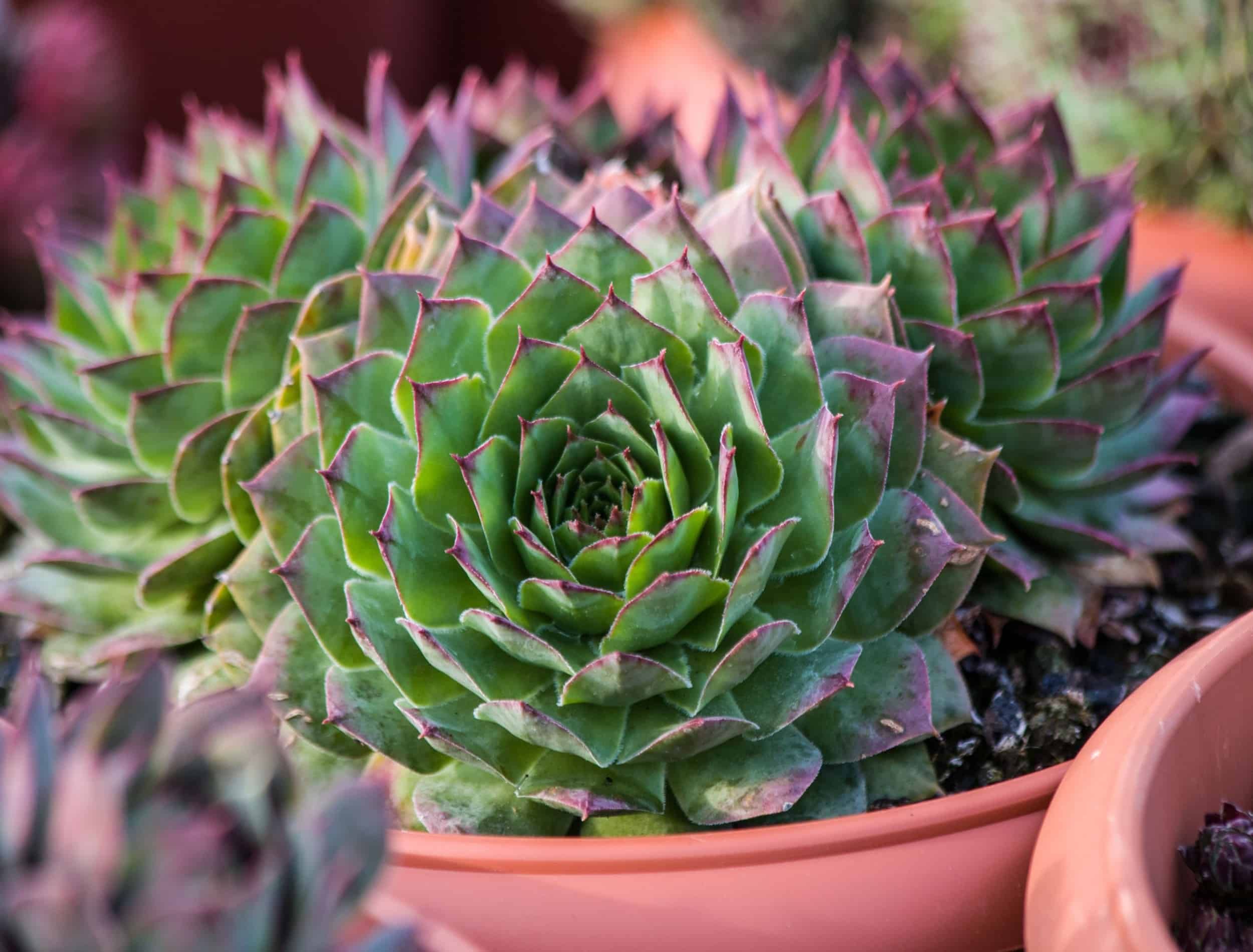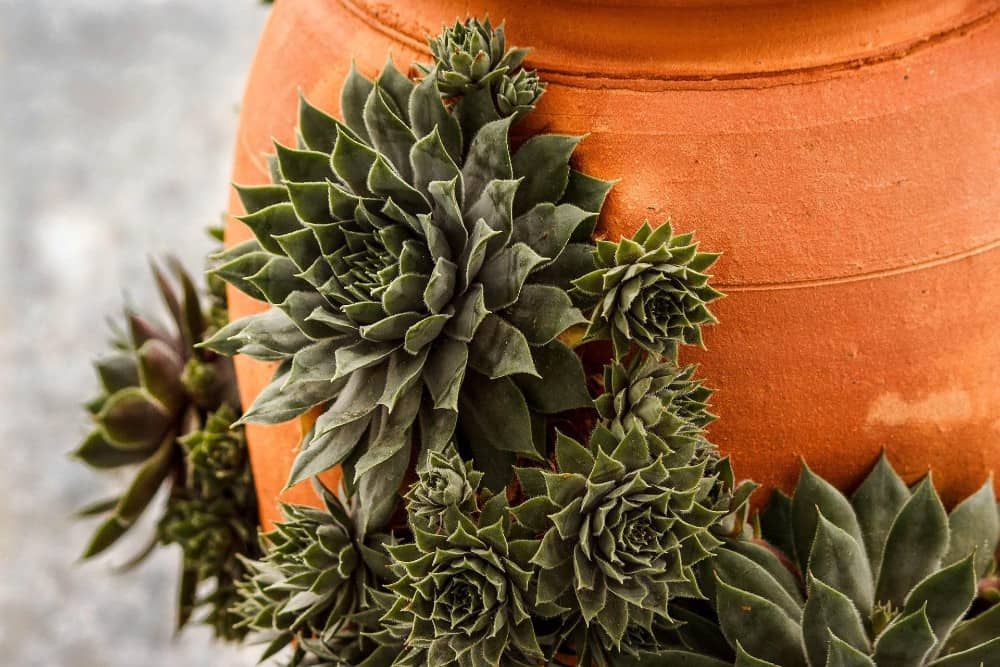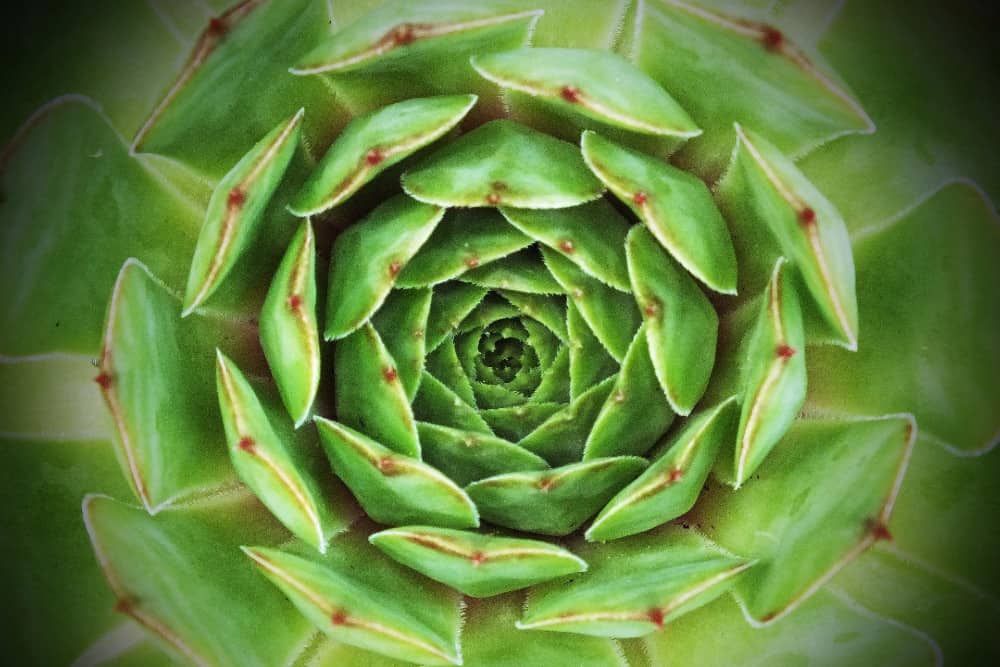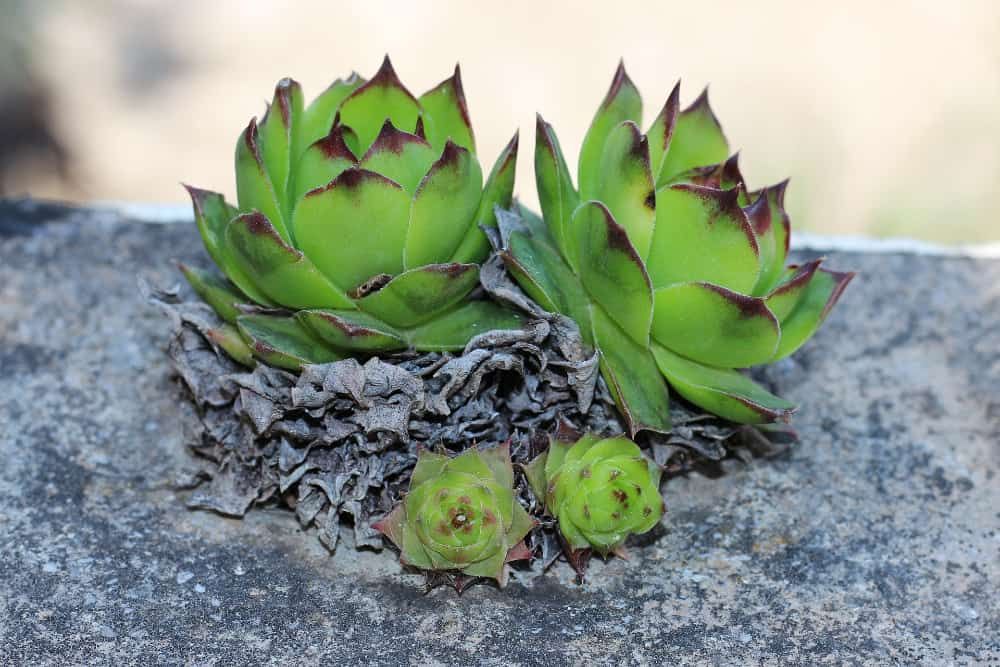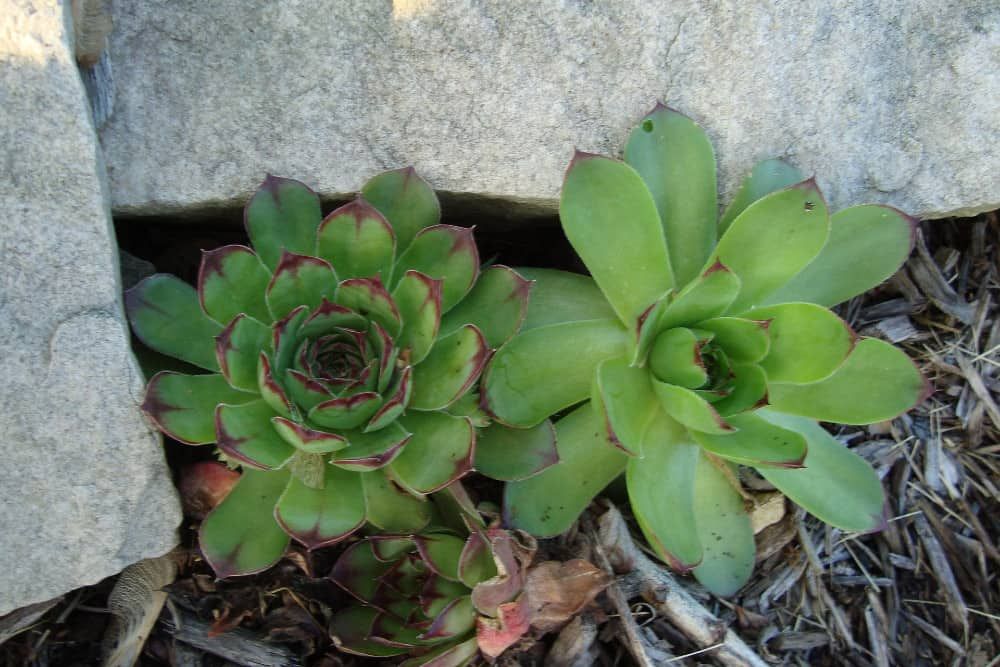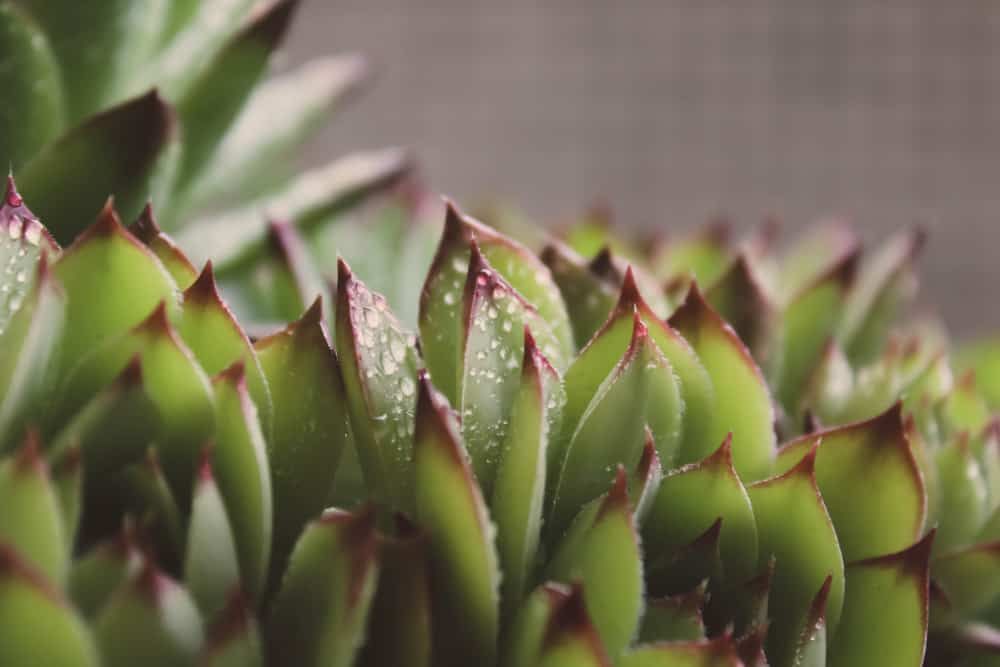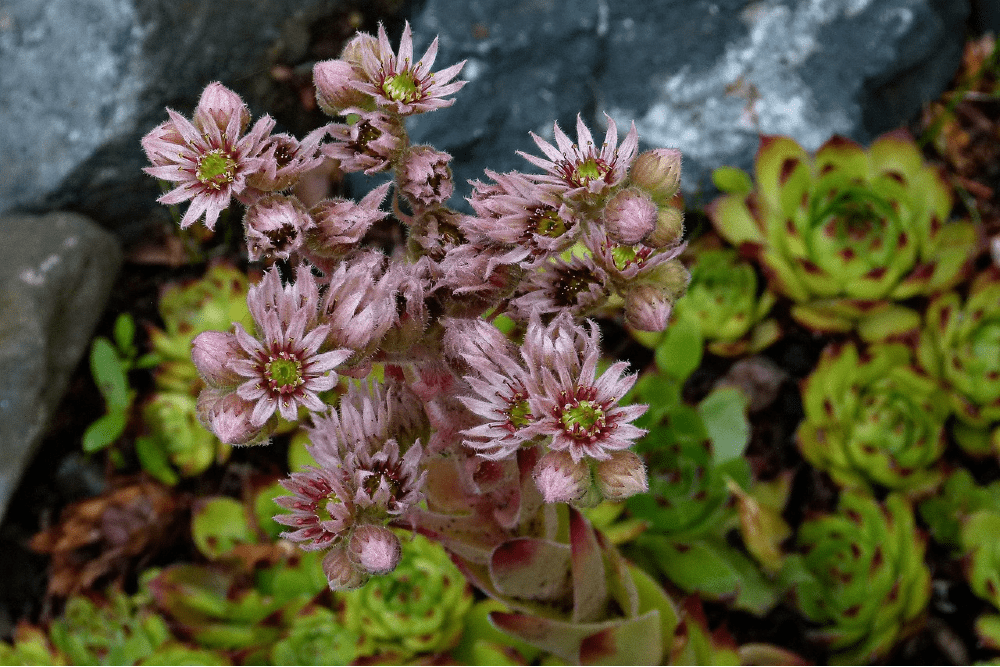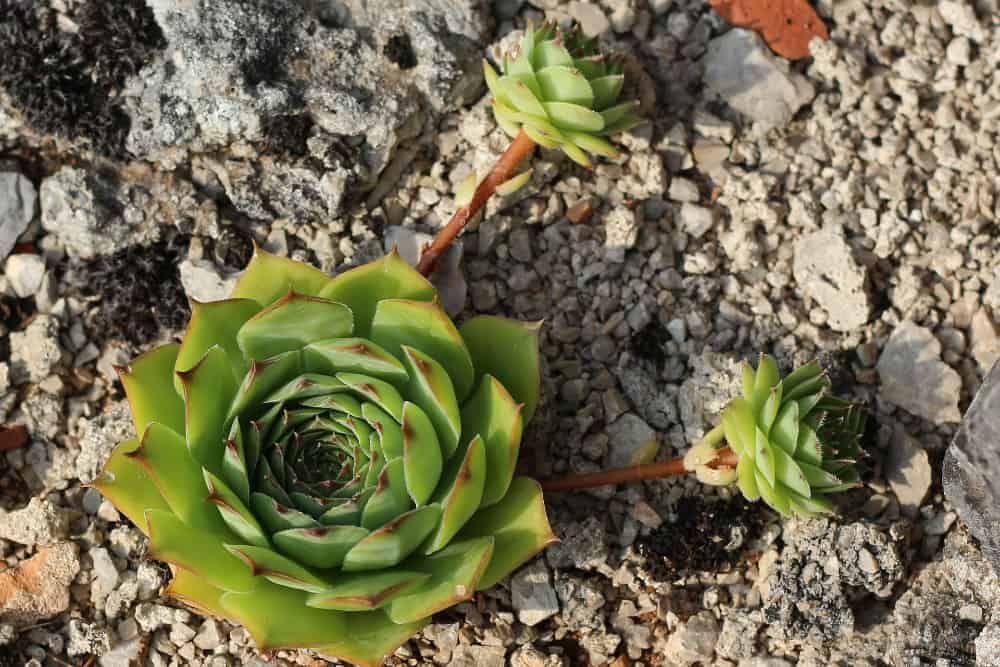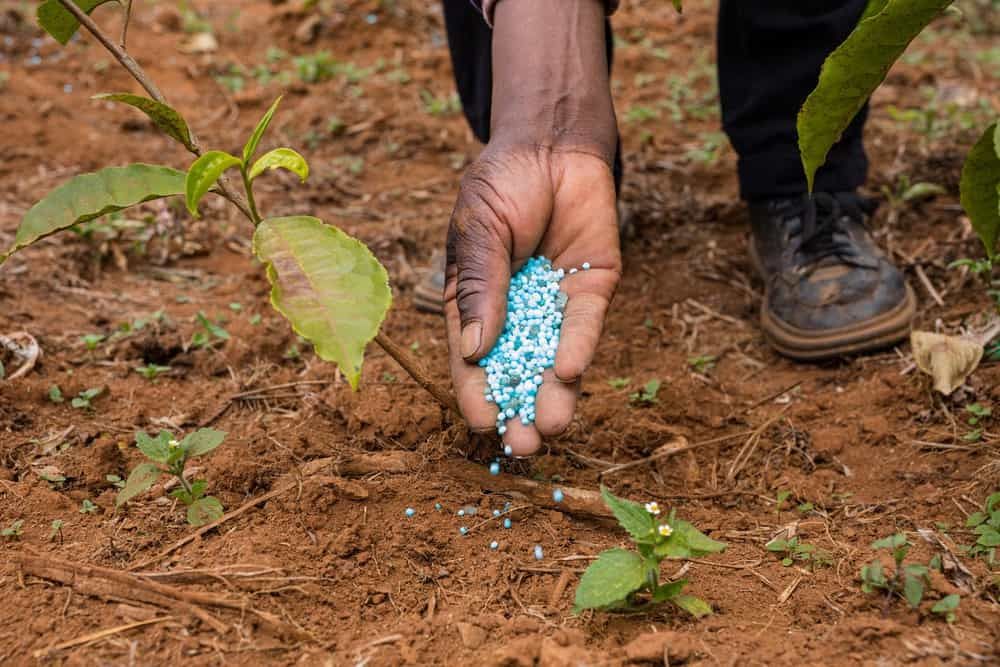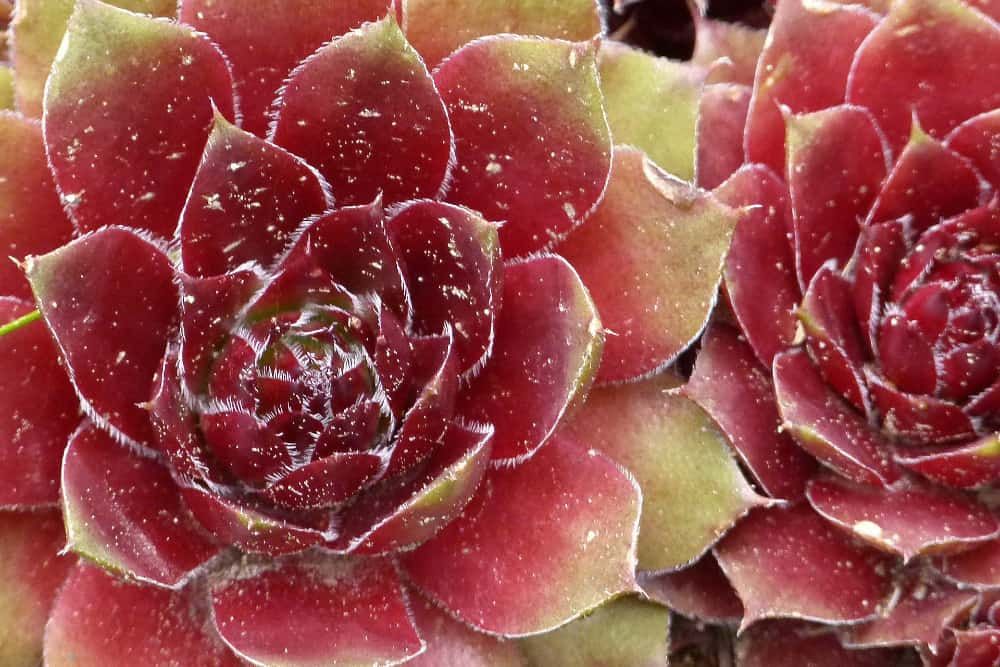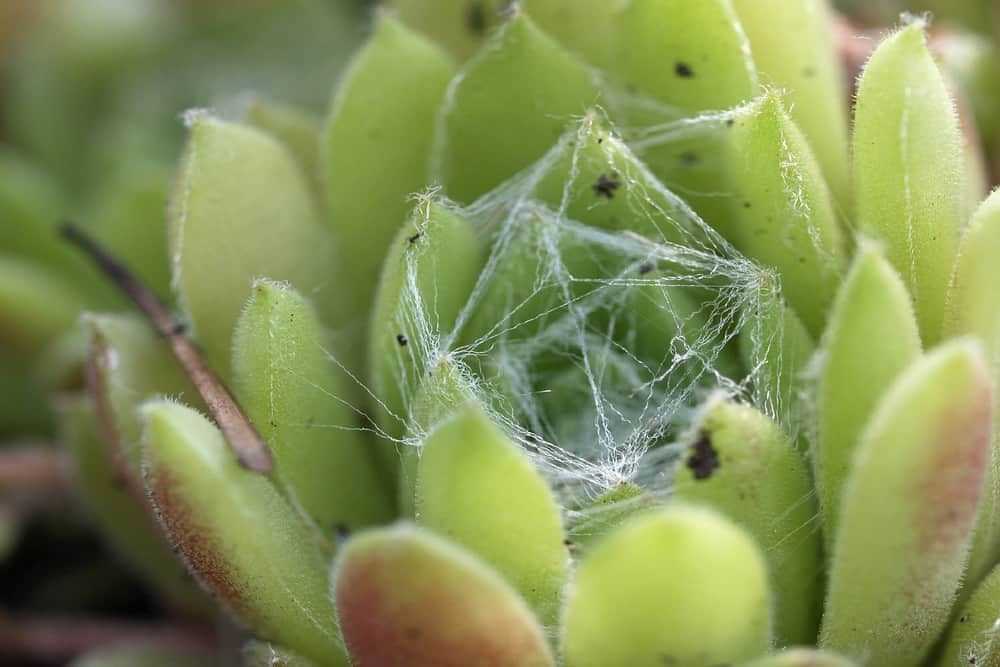Hens and chicks plants (Sempervivum) are delightful, colorful, and weather-hardy alpine plants. The plant looks like it belongs in an arid environment resembling a succulent from the Southwest, but being an alpine plant means it can survive in cold regions. They'll thrive there with ease!
So, if you’re looking for an easy-to-care-for plant that will do well in cold weather, you’ve come to the right place!
What You'll Need
Image credits: JamesDeMers via Pixabay
Before you find these hardy plants a home in the yard, you’ll want to gather up your supplies.
- Flowerpots or specified garden spot
- Succulent or cactus potting mix
- pumice, perlite, sand, or gravel
- Hens and chicks plants
- Gardening gloves
- Trowel
Step-By-Step Instructions
Hens and chicks plants are easy to grow for just about everybody. But you will want to follow some steps to help ensure yours do the best they possibly can.
Purchase Your Plants from the Nursery
Image credits: Susan Ortiz via Pixabay
While you can use the seeds, hens and chicks plants are readily available at nurseries and easier to plant from plants already growing. But, don't be fooled by an unknowledgeable seller, make sure to check the plant before purchasing to avoid common gardener mistakes.
Now, gather your supplies from the list above and get prepared to start!
Choose Your Planting Space
Image credits: PurpleOwl via Pixabay
Hens and chicks are hardy, so they grow outdoors (or indoors) well. However, they have some requirements.
In cooler climates it's important for hens and chick plants to get full sun for about four to six hours a day. But, if planted in full shade they will grow pale green. As long as you don't mind the color, it can help them last longer in hotter climates.
The ideal temperature for these unique plants is between 65 and 75 degrees Fahrenheit, as they grow best in zones 4 through 8.
Prepare the Soil
Image credits: Katie McMurray via Pixabay
Prepare the soil for your hens and chicks by softening the soil with your trowel and mixing some drainage materials. This could be perlite, pumice, gravel, or sand. This particular plant does well in sandy soil, so that’s one of the best options.
They also grow well in places with little soil, like crevices in rocks, so if you don’t have that great a location, they’re probably still going to do all right. This makes is a great option for rock gardens.
Plant and Water
Image credits: Tijana Drndarski via Pexels
Once you’ve prepared the spot for the plants, place them carefully and pack the soil around the roots. Be sure to plant them between 6 and 12 inches apart.
Immediately water after they’re transplanted! These plants should get a drink once a week; when the plants are finally mature they can go much longer without water.
Let the Soil Dry Between Waterings
Image credits: Brigitte Werner via Pixabay
After you have planted hens and chicks successfully, let the soil around them dry out before you water them again. They may be alpine plants, but they are still succulents, so they don’t need much water and need that soil to dry out a bit.
With this being said make sure you factor rainfall into your weekly watering schedule.
Although, during hot months, they do need watering more frequently than in cooler months.
Propagate Your Plants
Image credits: PurpleOwl via
Hens and chicks plants shoot off baby plants (giving them their name) on the regular. These baby plants are how you propagate them.
If you want to divide the plant, each spring/summer, divide the Sempervivum variety by removing the babies from the runners when the runners begin to wither.
If you have other varieties such as the Jovibarba rollers, they need to be propagated differently. The offspring in this variety is lightly attached to the “hen” (the larger plant), and the “chicks” pop off and roll away from the mother plant.
Whereas the Jovibarba heuffelii variety produces the offspring within the plant itself, so the plant has to be split with a knife to reproduce another plant. Each half will give you another stunning plant.
Make sure you know what variety you have so you can propagate them correctly without harming the plant.
Limit Fertilizer
Image credits: Antony Trivet via Pexels
Hens and chicks don’t need a lot of fertilizer. In fact, they thrive in poor soil and should only rarely receive slow-release succulents/cacti fertilizers once or twice a year.
No Need to Winterize
Image credits: Brigitte Werner via Pixabay
Hens and chicks are weather-hardy, so they don’t require much winter protection, but there are things you can do the help them out.
For starters you can bring them inside during the winter. Just make sure they still get adequate lighting on a windowsill.
If your hen and chick plant is in the ground, don' t panic! These are hardy alpine plants that can survive the winters. Instead, just clean away the debris around them before the winter hits to avoid root rot in the spring.
Get Rid of Pests As Needed
Image credits: Brigitte Werner via Pixabay
Usually, these plants don’t have much of an issue with pests, but sometimes they attract mealy bugs and aphids. If you see some infestation forming, use a cotton ball to remove the insects and lightly spray the plant (not the soil!) with neem oil or rubbing alcohol.
Growing Hens and Chicks is Easy!
Hens and chicks are beautiful, winter hardy plants you can plant in cold, cool, and dry climates. You shouldn't grow them in high humidity areas (or greenhouses) and do best in direct sunlight.
All of this makes them extremely easy plants to grow. Just make a few soil amendments to create the “perfect” rough environment for them (i.e., plenty of drainage!) and enjoy.
Do you have any tips or tricks for letting these plants thrive? Let us know in the comments below.

